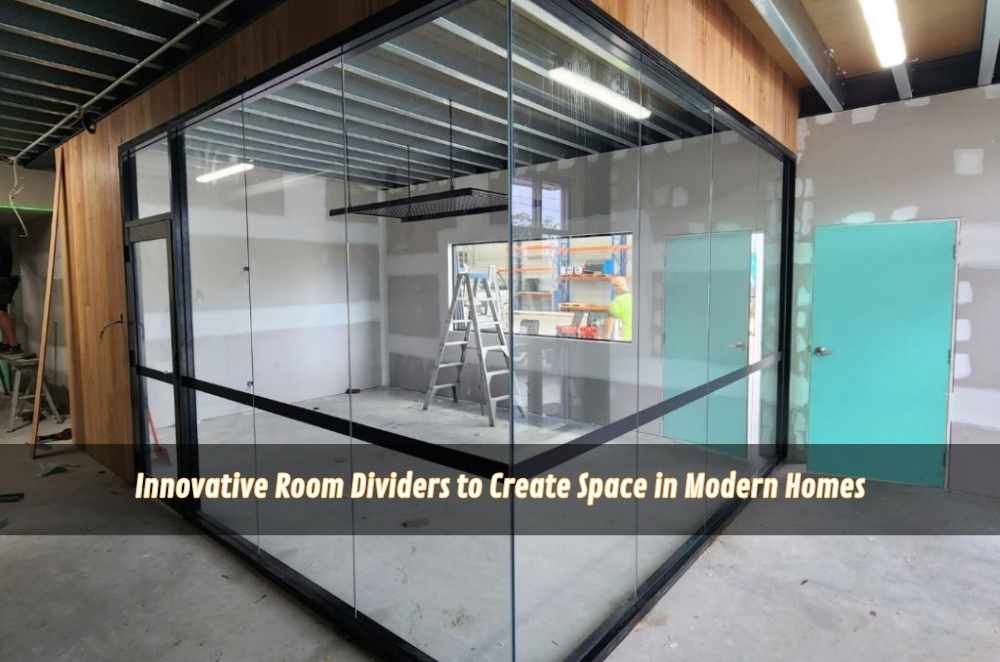
Open-plan homes look amazing in magazines — big rooms, endless light, no walls breaking things up. But if you’ve lived in one, you’ll know the downside: sometimes the space feels too open. Conversations echo, smells travel, and there’s no sense of separation. I’ve noticed this in my own place, especially when I tried to turn a corner of the living room into a workspace. Solid walls weren’t the answer — they would’ve killed the flow of the house. Instead, stylish glass room partitions offered a way to divide without losing the openness I actually liked. They’re the sort of feature that gives a room shape while letting it breathe, and that’s why more and more renovators and homeowners are leaning on them. They strike that tricky balance: practical enough to work, yet stylish enough to feel intentional.
Why room dividers are making a comeback
Room dividers aren’t new — they’ve been around in different forms for centuries. What’s changed is how they look and how we use them. Instead of bulky screens that sat awkwardly in the corner, today’s dividers are designed with features in their own right.
They separate without closing rooms off entirely.
They can slide, fold, or even disappear when not needed.
They bring personality, reflecting a home’s broader style.
They make open spaces feel intentional rather than unfinished.
A feature in Home Beautiful recently highlighted how partitions are being reinvented as creative centrepieces, not just functional add-ons. That’s the difference: they’re no longer just “space fillers” — they’ve become part of the design conversation.
Designing with sustainability in mind
When people talk about modern renovations, sustainability always comes up. It’s not just about adding solar panels or swapping in efficient appliances — it’s often about the smaller design choices that keep a house working smarter over time. Partitions fit into that picture because they can let in more natural light, reduce the need for artificial lighting, and prevent the waste that comes with knocking down and rebuilding walls.
Australians are also paying closer attention to sustainable home renovations, a theme echoed across government advice that encourages long-term, adaptable upgrades. Instead of permanent walls that may later feel restrictive, partitions can shift with a household’s changing needs. That flexibility is what makes them such a practical part of contemporary design.
In the same vein, Domain has often reported on how energy-efficient upgrades boost property appeal. While glass partitions might not be the first feature buyers think of, their ability to improve light, flow, and functionality makes them a quiet contributor to a home’s value.
Different types of room dividers worth considering
Partitions come in more shapes and styles than most homeowners realise. Choosing the right one can make or break the effect:
Frameless glass panels – subtle and clean, barely there.
Frosted or patterned glass – adds privacy while softening light.
Sliding and folding dividers – offer flexibility in smaller homes.
Mixed-material designs – pair glass with timber or steel for added character.
One of the most interesting examples I’ve seen was a frosted divider in a compact townhouse. It split the dining space from the living area. Closed, it gave each room definition; open, it connected them for entertaining. It showed me how partitions don’t just decorate a space — they actually change the way you live in it.
Drawing inspiration from local workplaces
Workplaces often act as a testing ground for new design ideas, and partitions are no exception. Offices have relied on them to balance collaboration with focus for years. Those same principles are now finding their way into homes.
The way glass partitions in Australian offices are used illustrates their value: creating distinct zones without isolating people. I’ve seen this firsthand while working in co-working hubs in Sydney. Partitions offered enough privacy for meetings while keeping energy and light flowing through the space. Homeowners have adapted this idea, carving out study nooks or play zones in open-plan layouts without cutting themselves off from family life.
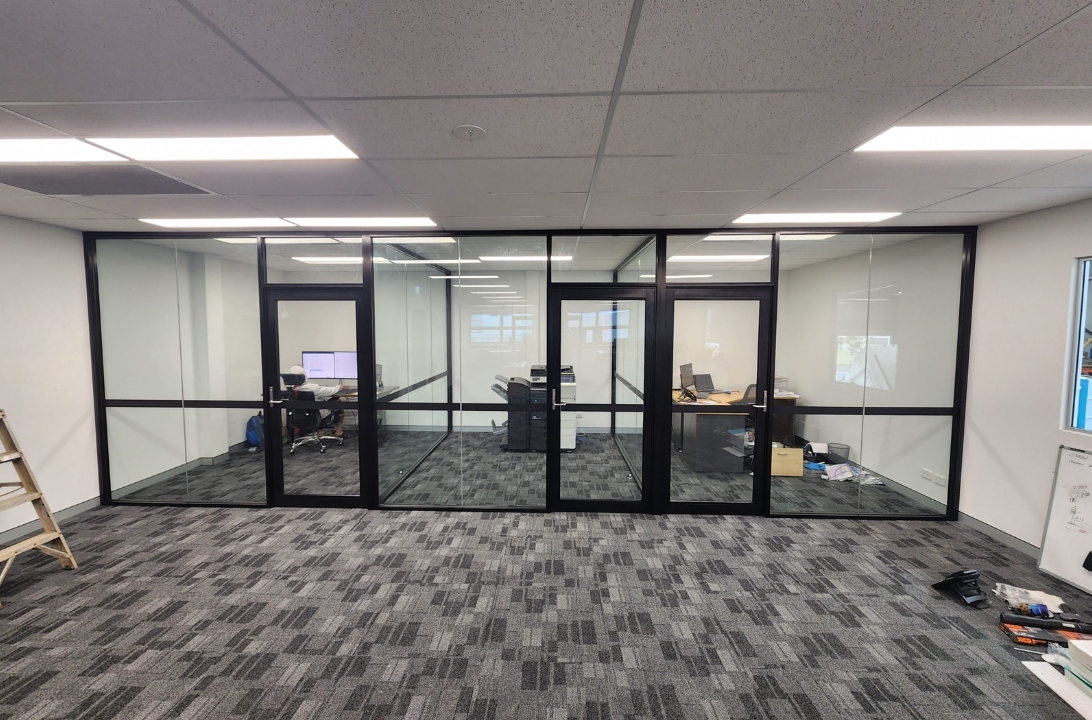
Key considerations before installing dividers
Before settling on a divider, it’s worth thinking about why you want one and how it will work in your home:
Purpose: Will it manage noise, create privacy, or act as décor?
Light flow: A divider should carry light, not block it.
Material choice: Match it to the home’s overall aesthetic.
Installation quality: A poor fit ruins the effect and risks safety.
I once saw a DIY frosted panel in a renovated terrace that wasn’t secured properly. It rattled every time someone shut a door. When a professional finally installed it correctly, the change was immediate — it looked intentional, and the space felt more polished. Sometimes the difference between a “feature” and a “flop” is simply getting the installation right.
Glass as a broader feature in modern builds
Glass is everywhere in contemporary design: staircases, skylights, and pool fencing. It works because it balances function and aesthetics, often blending safety with openness. The benefits of glass design features go beyond looks. They change how spaces feel, making them lighter and more welcoming.
Publications like The Design Files often showcase homes that use glass creatively — sometimes as entire walls, sometimes as subtle dividers. What these examples highlight is that glass isn’t a passing trend. It’s a material that adapts easily, ensuring homes look relevant for decades.
Final thoughts
Room dividers are more than a design afterthought. They’ve become one of the most effective ways to shape open-plan homes so they’re not just attractive but liveable. They offer adaptability, sustainability, and style in one stroke.
Whether you’re pulling ideas from sustainability resources, adapting what’s worked in workplaces, or noticing how Australian design publications showcase glass, the message is consistent: dividers aren’t going away. They’re a permanent part of how modern homes are being shaped — a tool for creating flexible, functional, and beautiful spaces that evolve with the people living in them.

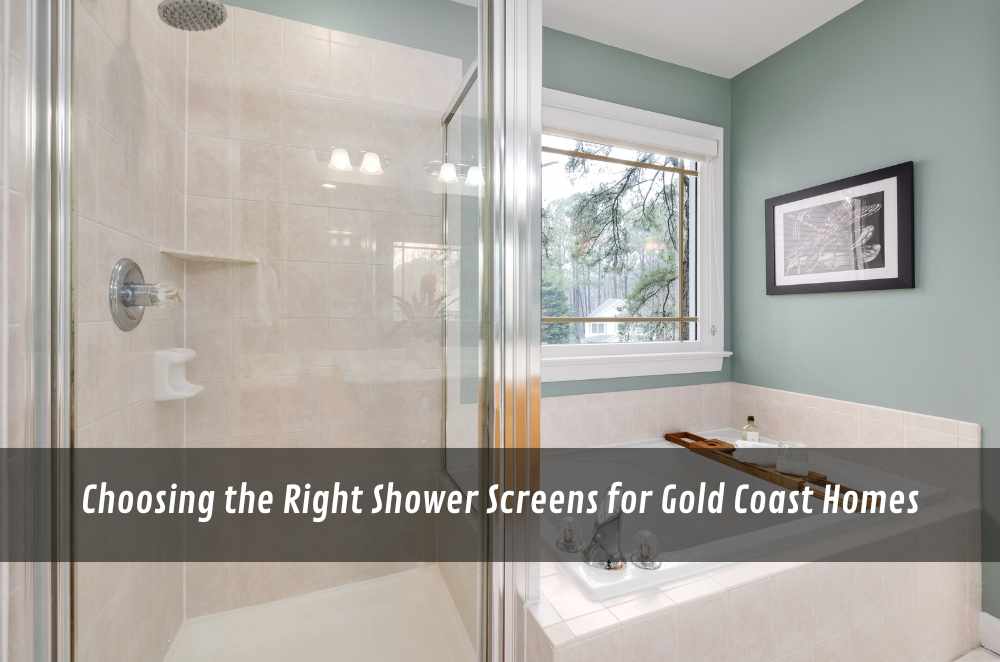
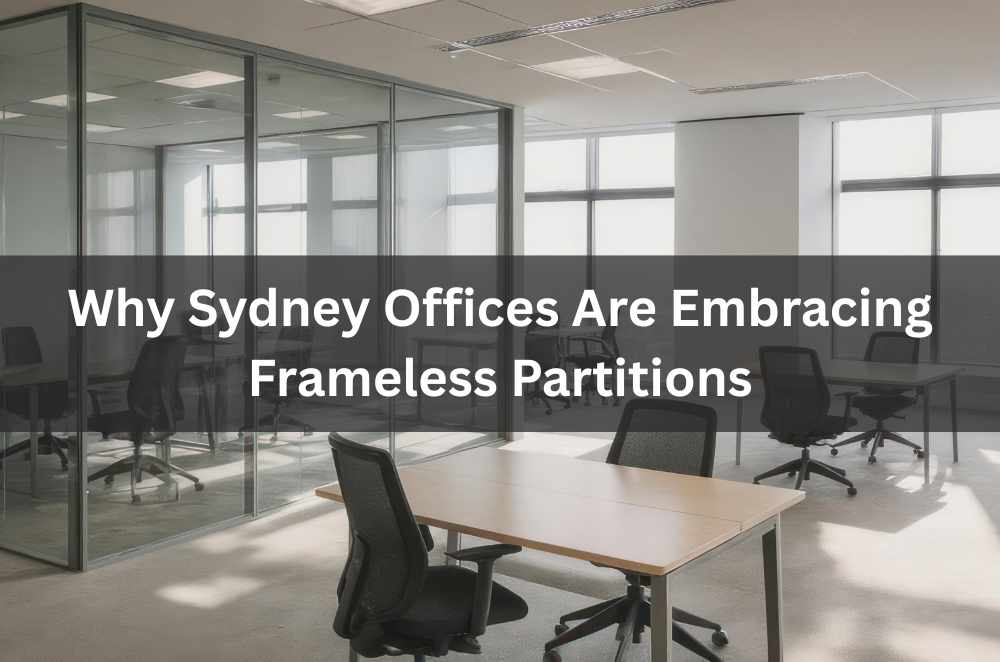
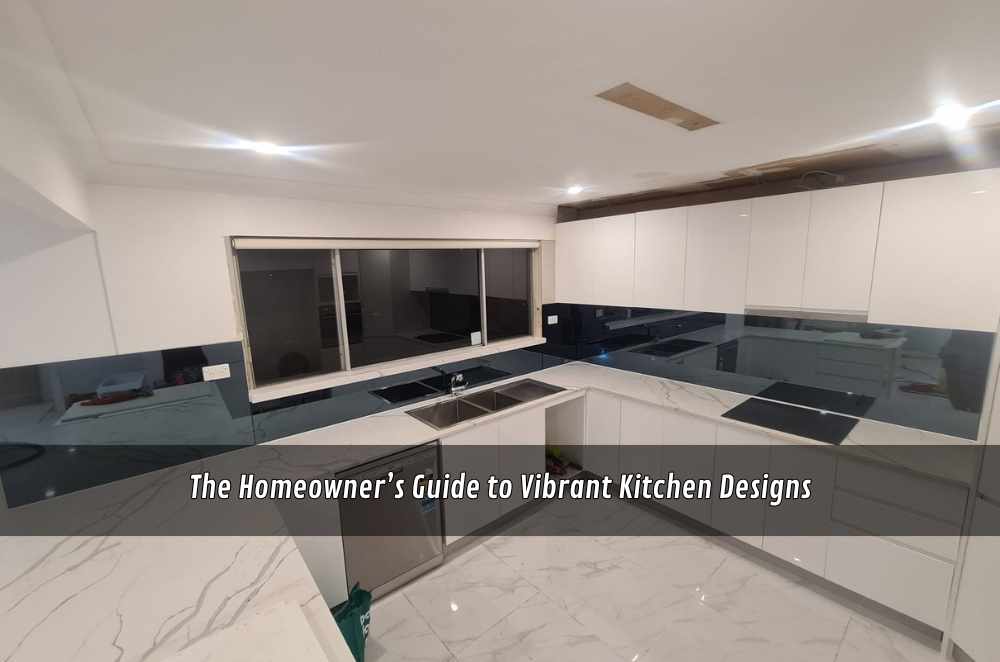
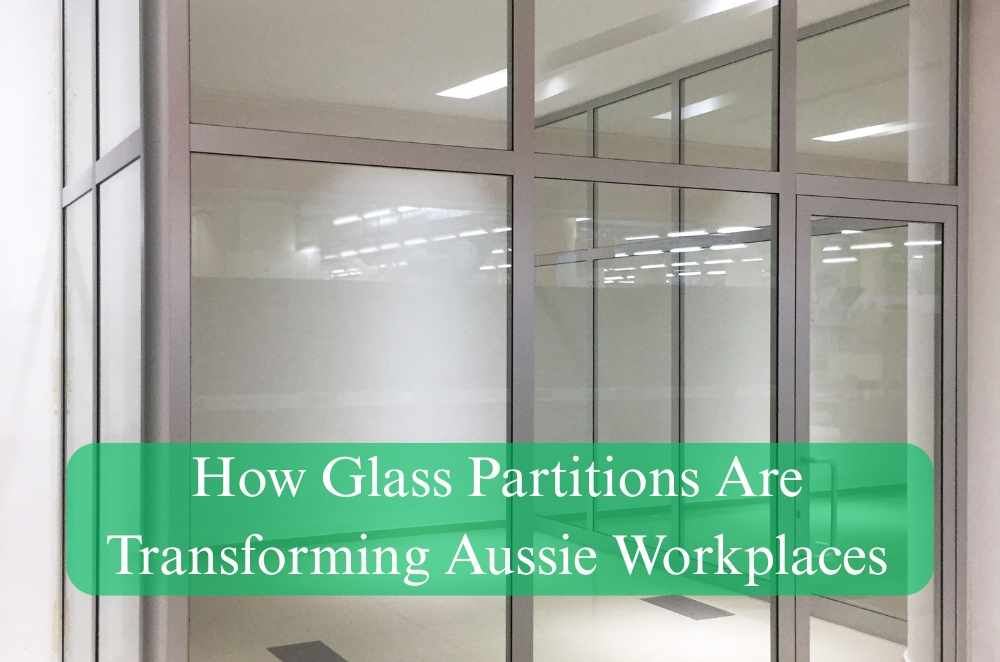








Write a comment ...